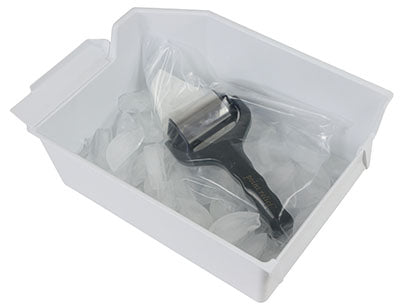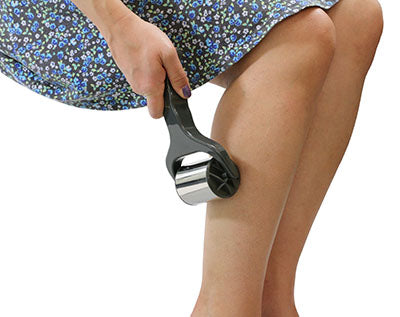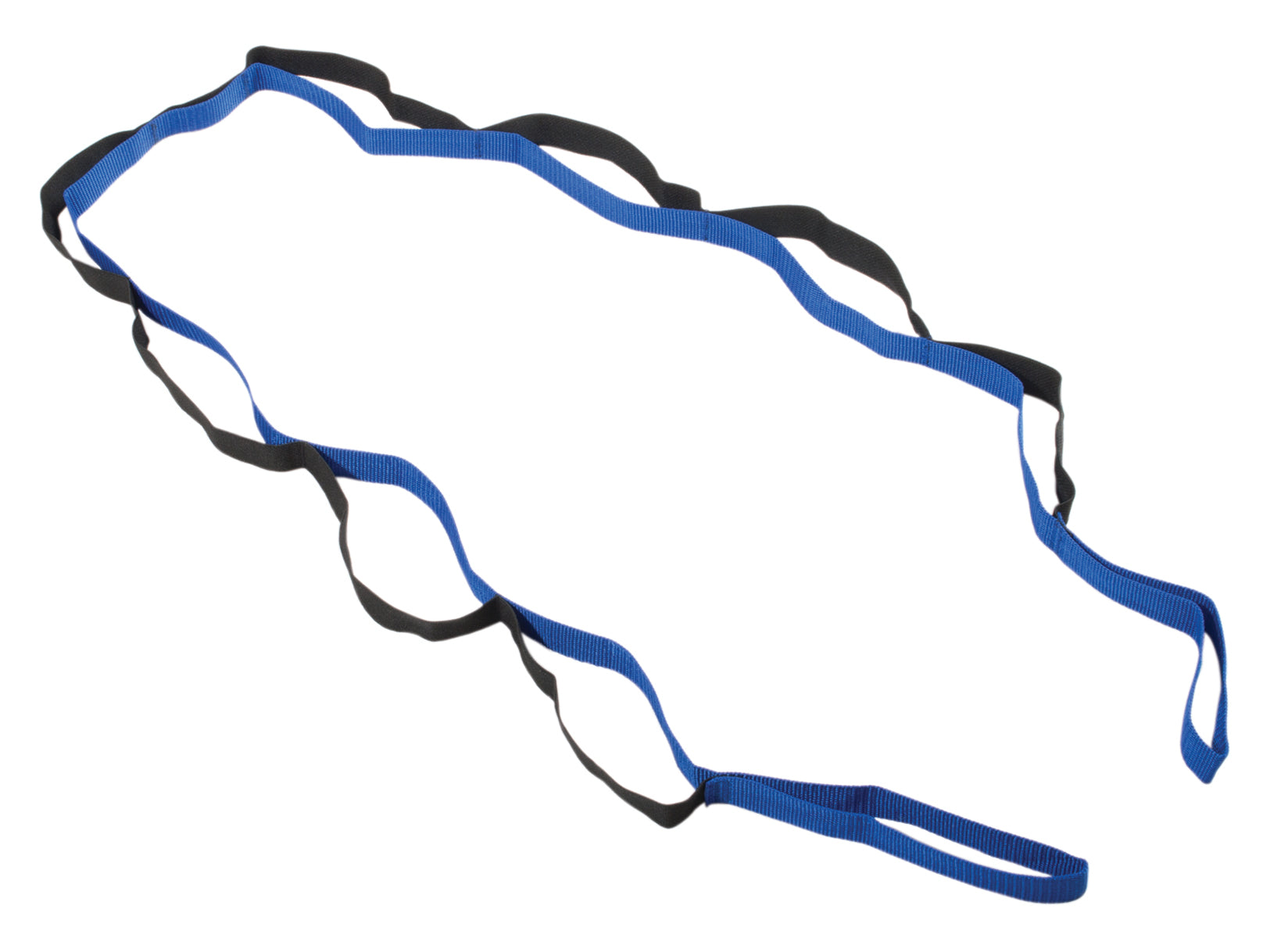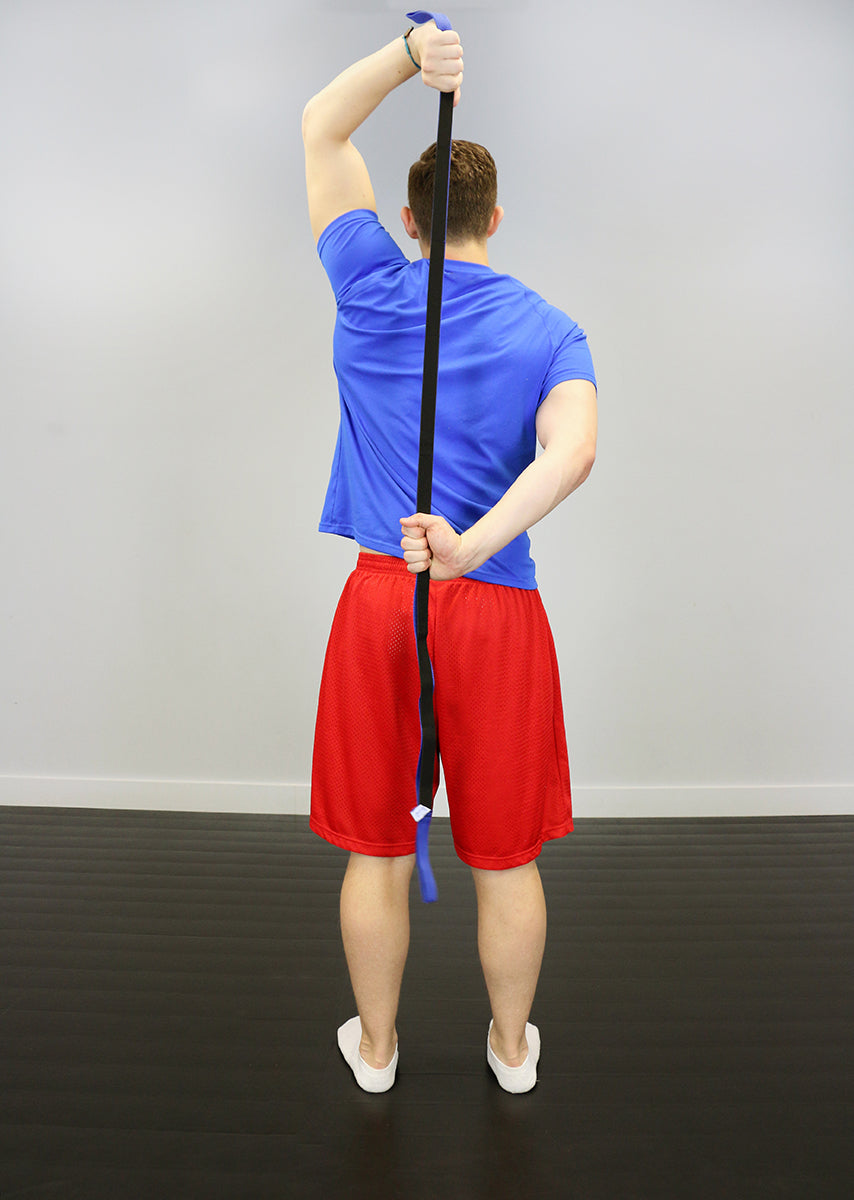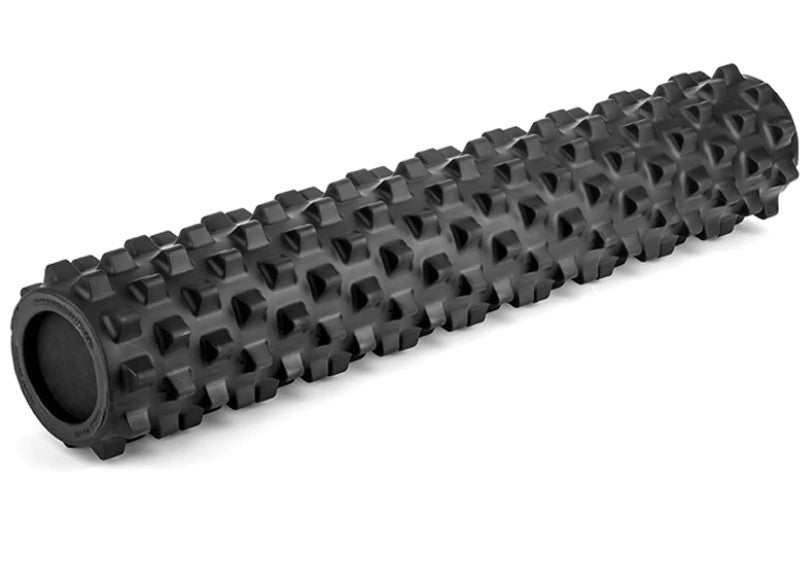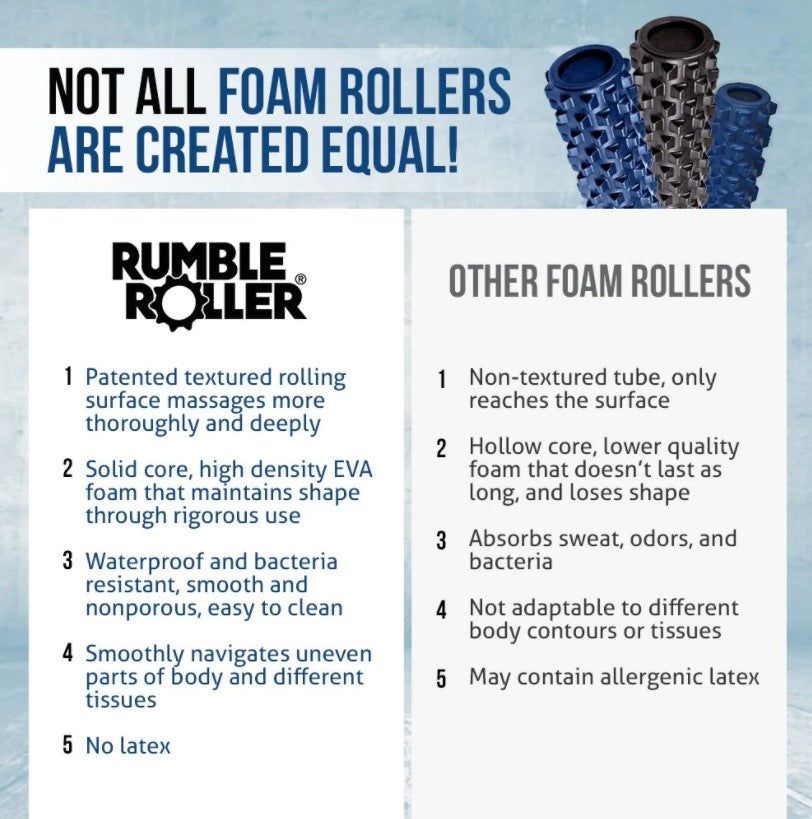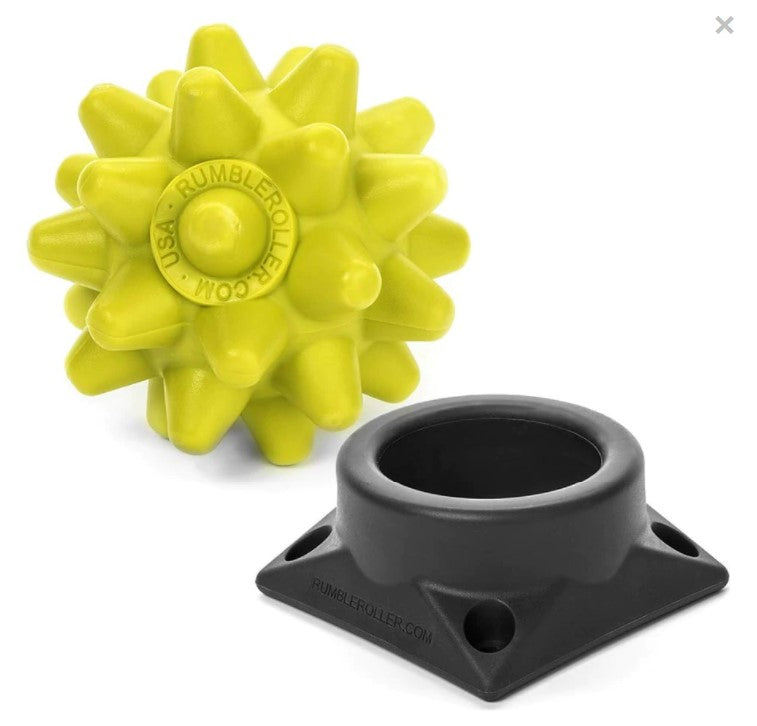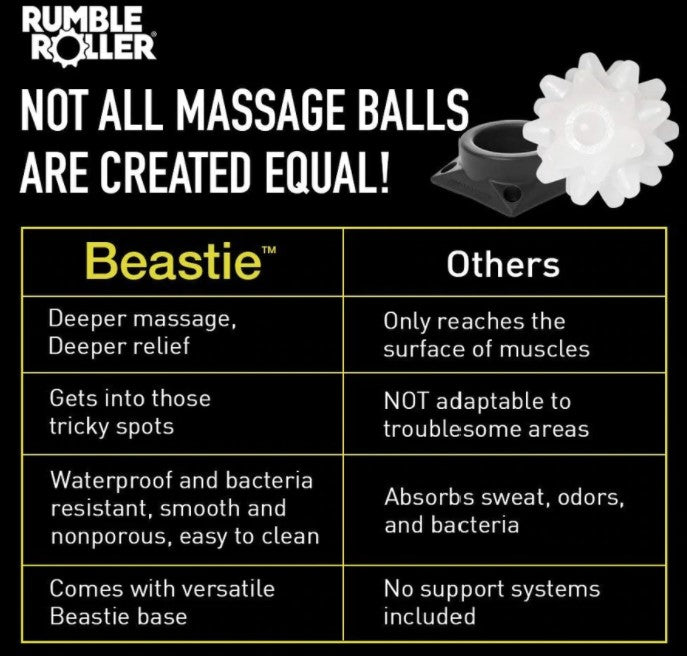Whenever I’m approached by an avid exerciser or athlete who complains of knee or lower back pain, the first thing I do is check out his or her backside…literally. Not to sound like a sexual implication, but observing the glutes actually helps me understand a client’s description of knee and lower back pain.
Most lower back pain will come from tightness in the hip region, disc degeneration, or some compensatory movement dysfunction. Most of those abnormalities can be identified using movement screening and diagnostic imaging. However, in the majority of minor cases of low back pain that I’ve personally seen, there’s a lack of gluteal function, and more notably, a visible lack of gluteal development in the individual. As part of the investigative process, I always recommend that a fitness professional should not only listen to a client’s subjective descriptions of discomfort and pain but also observe areas of the body for visible abnormalities. The easiest area to start off with is the glutes.
Gluteal atrophy is always evident in cases where the complainant is a member of the general population and exhibits one or more of the following attributes:
· Occupation: Sits for prolonged periods of time in a vehicle or desk
· Poor lifting habits: Has poor lifting techniques that may contribute to hip flexor dominance and excessive lumbar flexion (who taught this athlete how to train?)
· Muscle maturity: Experiments with ascending loads without performing the proper progressions (if the person is an exerciser or physically active)
· Past injury: Experienced injuries to the area or an area that may be involved in the functionality of that prime mover (ankle versus glute) in recent history and may have experienced neural injuries
Gluteal atrophy can be caused by a combination of the ramifications listed above, which can lead to poor neural activation, decreased firing and coordination, and a loss of muscle mass. Some pathologies can also contribute to gluteal atrophy like nerve damage, stenosis, and vertebral damage.
Most articles provide insight on gluteal exercises that promote function, firing, and strength. However, this article will describe the potential causes of gluteal atrophy and the obvious outcomes that stem from it.
Brief function
The gluteus maximus is the most powerful muscle in the body. Because of its attachment, it provides the human body with incredible leverage and sets our species apart from other primates (upright versus four-legged).
The gluteus maximus is important in many daily activities including walking, running, and lifting, and it plays an important role in pelvis stability. The glutes are comprised of three muscles—the glute minimus, the glute maximus, and the glute medius. These muscles are involved in extending and outwardly rotating the hip and extending the trunk.
The act of developing this muscle is as simple as adding a few exercises like squats and deadlifts into a program. However, like most muscular dysfunctions, simply “calling on” the muscles doesn’t always mean that you’ll receive an appropriate response.
The desk worker has a tough job. She sits constantly from early morning to early evening, removing herself from her desk a few times a day for an occasional trip to the restroom, filing cabinet, or water fountain. One may think that the job is not physically demanding. However, her fight with gravity is a constant barrage of force aided by boredom, inactivity, and deviated posture resulting in weakness, stress, and fatness.
Sitting for prolonged periods of time—meaning years (think of someone who has had her job for 10–20 years)—causes atrophying of the gluteal muscles due to constant pressure and disuse. This constant neglect of the powerful glutes can contribute to lower back pain that leads to difficulty in movements that require their involvement, such as rising from a chair or climbing stairs. This is also exacerbated by the lack of non-exercise physical activity such as taking the stairs at work, parking further away, or moving from one area to another.
The glutes are only partially responsible for giving the buttocks their characteristic shape. The subcutaneous fat that also contributes to the “roundness” of the buttocks is called the panniculus adipous. If the gluteus musculature is atrophied and subsequently “absent” from providing shape, the overlying panniculus adipous is responsible for the “sagging butt” appearance. This appearance is no illusion and gives credible evidence that the glutes don’t function properly by means of weakness and neural deviation.
It also isn’t alarming that most lower back pain sufferers are also prolonged desk sitters that either exhibit:
· Excess body weight of more than 15 pounds
· Sporadic participation in activities without proper conditioning (weekend warriors)
Gluteal atrophy is often seen in those with sway back posture, and the neural deviation previously mentioned can be a result of the “flattening” of the lumbar spine causing compression or herniation of the vertebra discs. Cosmetically, it is also unsightly to those desiring a more “bountiful” rear. Also abetting this process is the so-called ergonomic thought process of keeping all useable office tools in close proximity to avoid sudden movements (i.e. keeping staplers, tape, memo pads, and the phone an arm’s length away on an office desk).
Poor lifting habits are born through mechanical disadvantages and invalid instruction. Both can be a result of one or the other. For instance, most indoor cyclists demonstrate enormous quadriceps development and hip flexor action. This popular fitness activity demands resisted knee flexion in a high stressful hip flexion position. The seated position also exacerbates the inactivity of the gluteals during a class and reinforces the degeneration of this muscle. Most participants will attest that a typical indoor cycling class also involves simulated hill jumps where the buttocks are raised off the seat, which may involve the glutes to some degree. Even so, the neural programming shuts off the gluteals simply because it can’t “undo” itself to fulfill an activity that supposedly involves its potential action in such a short time period.
Many indoor cyclists who participate in these classes fall into three categories:
· They have been participating in the class regularly (three times per week) for over six months and show signs of quad/hip flexor dominance. The longer they have been spinners, the more pronounced the aforementioned.
· Typically, they have seated occupations and then add another hour or so seated again in class (in a high stress knee/hip flexed position). Most are office workers who wait all day to hit the 6:00 p.m. indoor cycling class.
· Most don’t participate in weightlifting activities that may be able to strengthen the glutes. Most don’t perform loaded squats, deadlifts, or Romanian deadlifts.
Invalid instruction contributes to neural programming due to the exerciser unknowingly laying the foundation for dysfunction by continuously performing the erroneous movement. During a typical task of lifting, the gluteus maximus has an important role in extending the hips and stabilizing the pelvis. Research shows that an emphasis on contraction of the glutes aids in stabilizing the pelvis and ensures a safe and effective movement to occur. Exercises that assist this occurrence include deadlifts, Romanian deadlifts, squats, split squats, stationary lunges, and step-ups. However, most typical exercisers resort to leg extensions, seated leg curls, leg presses, and adductors/abductors, furthering the “shut down” process.
It has been shown that the glute medius assists in stabilizing the hip during single leg movements. The significance of the gluteus medius and its function reached the shores of performance training years ago and has aided coaches in creating programs that help decrease the risk of knee and hip injuries. If we examine the gluteal development in dancers and gymnasts—both of which spend a substantial amount of time performing single leg training (i.e. balance beam, ballet)—we find that they have fully developed and functional glutes. One can only look at single leg activity as an important addition to an exercise program.
Muscle maturity is a new consideration in the realm of hypertrophic and performance needs. Under efficient instruction, one can develop athletic ability and skill quickly and be able to use it under the most physically demanding activities. For instance, most athletic persons are proficient at any sport. If you’ve ever played a pick up game of basketball or baseball, the player who is the best is generally the one who has participated in sports for most of his life. This is also seen in those who have spent a great deal of time in the gym performing the basic weightlifting exercises.
Gluteal function and development is achieved early on because exercises such as squats, lunges, and deadlifts are performed through the years. Neural “wiring” is developed early in life and proficiency is achieved much quicker than the video game player. Exercise longevity (absence of serious injury) is obtained because proper progressions in load are practiced, and a continuity of longevity finds that most loading is performed under the supervision of a coach, trainer, or experienced partner. Under valid instruction, most exercisers who show maturity also have an enhanced overall athletic ability with enhanced muscular coordination and decreased low back pain.
It has been shown that injuries or pain also contribute to gluteal dysfunction or atrophy. In one study, patients who had suffered ankle sprains were shown to have a reduced activation level of the glute maximus. This may be caused by damage to the proprioceptive feedback mechanism via lateral ankle sprain. These findings confirm that changes in muscle firing patterns, particularly by the gluteus maximus, can lead to muscle inhibition and/or atrophy (neural program altered). This compromise could result in a compensation of the lower back. A situation where an injury has likely occurred and has altered the normal function of the human body (gait, running, sitting, getting in or out of a car) should emphasize the importance of corrective exercise and rehabilitation.
Most individuals who don’t receive proper rehabilitation for such injuries like ankle sprains develop scar tissue and immobilization of the ankle joint that further exacerbates atrophy of the gluteals. Most basketball players who experience low back pain have a history of ankle sprains that have altered the function of the glutes—which become more important for the taller athlete because of the longer limbs creating a “longer lever” stress on the back.
Palpation of the glutes
There are times when the fitness professional will have to palpate or “touch or poke” an area of the body to measure the degree of tonus (or muscle tightness). I’m not suggesting “grabbing,” but I am recommending that the fitness professional poke gently the area of the glute medius to observe for atrophy (which may imply inactivation) or tightness.
A simple touch of pressure to the area with the index finger is enough. Slightly penetrate the digit approximately a few centimeters into the tissue of the individual and feel for a degree of hardness. There is no need to spend too much emphasis on palpation. You’re only investigating for two types of feel—“jello” or “meat case rump.” Palpation should only confirm what observation initially noted.
Steps to not getting slapped, fired, or sued
It’s important that you understand that some things are inherently obvious in life. Ice is cold, stoves are hot, bad exercise form sucks, and athletes who look strong are more than likely strong. Therefore, before you begin poking clients and athletes in the ass to figure out if they demonstrate glute atrophy, ask them for permission and be professional.
Once you get the green light, follow these steps:
· Observe the glutes while thee client is standing motionless.
· Walk around the client and observe glute roundness and development.
· Observe the arch in the lower back and pelvic positioning while the client is standing motionless.
· Have the client walk slowly and observe glute action.
· Have the client bend over as if performing a toe touch. Do the hips hinge? If not, observe glute action.
· Lastly, palpate the glutes to conclude your findings.
Hopefully, if you don’t feel comfortable observing the glutes of your clients or athletes, you can practice using your spouse’s backside or your own. The more butts you touch and get up close to, the more different degrees of tonus you kinesthetically program into your mind and the easier it will be to spot glute atrophy.
References
· McKean Mark. Posture and Function of the Hips, http://www.authorstream.com/Presentation/markmckean-101830-posture-function-hips-lumbar-pelvic-tilt-assessing-sports-ppt-powerpoint/.
· Wilson J, et al. (2004) A structured review of the role of gluteus maximus in rehabilitation. NZ Journal of Physiotherapy 33(3):95–100.
· Wikipedia definition: http://en.wikipedia.org/wiki/Gluteal_muscles
























































